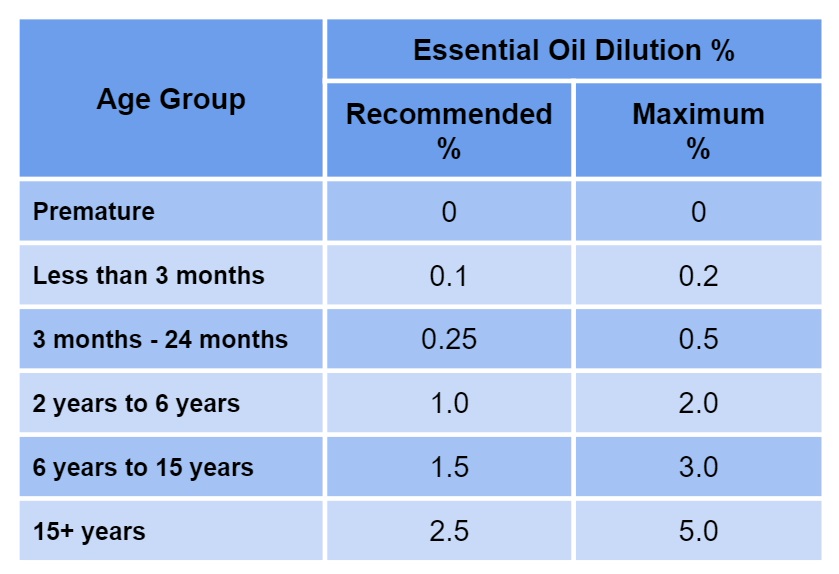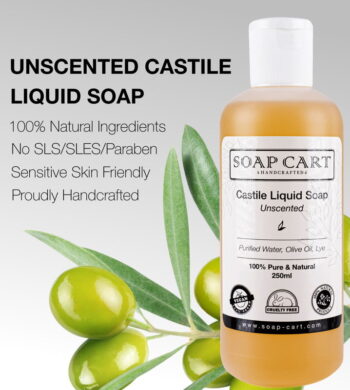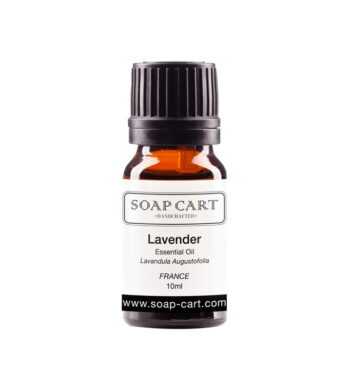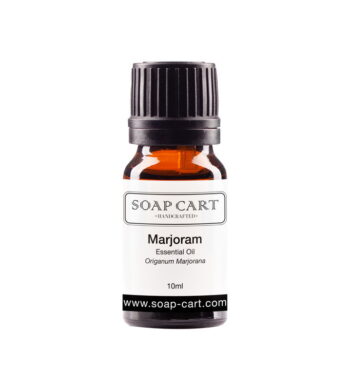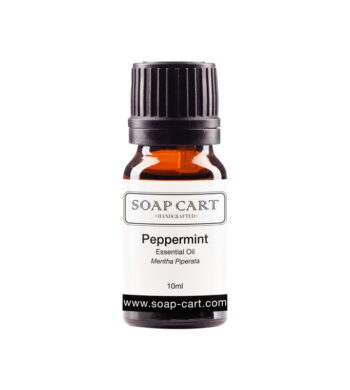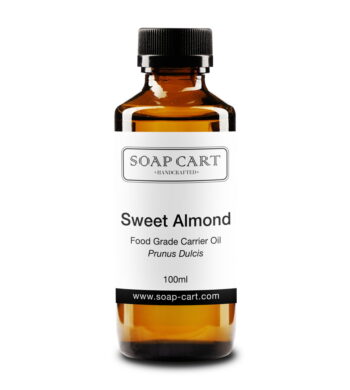Welcome to Part 2 of the Beginner’s Guide to Essential Oil sharing series. In this second part, we’ll discuss How to Use Essential Oils Topically. But before we start, if you missed Part 1 of our guide, click here to go to Part 1 of our guide titled “Beginner’s Guide To Essential Oil”. If you’re new to Essential Oils, then we highly recommend that you read Part 1 as a general introduction before reading this post.
Using Essential Oils Topically
If you want to apply an essential oil topically, do note that not all essential oils can be applied to the skin directly without diluting them first. Additionally, we also need to take into consideration the individual’s age, health conditions, body conditions, skin sensitivity etc as there are contraindications in using essential oils. These are very important things to keep in mind when using essential oils…especially when using them topically. Lets briefly go through each of these topics in the next few sections.
Dilution
As a rule of thumb, essential oil should only be applied to the skin after diluting it with vegetable oil (carrier oil). Generally, dilution rate should not be more than 3-5%. But for some oils such as cinnamon bark and clove, the dilution rate should not be more than 0.1% as these oils are more likely to cause skin reaction compared to others. It is best to check with a certified aromatherapist regarding the dilution rate if you are unsure.
If you intend to use the oil on a large area of your body, its better to use a dilution of 1% instead. For infants, the dilution rate should not be more than 0.2% and 0.5% for the toddler. Below table outlines the general rule for age-appropriate essential oils dilution rate as per essential oils safety guidelines. However, the type of oils used and the general health of the individual are also important factors to consider as well. When trying new oils, its best to start from the recommended dilution rate.
Source: Essential Oils Safety, Second Edition by Robert Tisserand and Rodney Young
Contraindications
Contraindication is a medical term which means a condition or factor that serves as a reason to withhold a certain medical treatment due to the harm that it would cause the patient (as explained in Wikipedia). When using essential oil topically, contraindication involves cases such as allergic skin reaction or in more severe cases, life-threatening. For example, peppermint essential oil should be avoided for those with irregular heartbeat problem as the high menthol content in the oil may destabilize the heart rhythm.
Age is also a factor when determining which type of essential oil is safe to be used. One example would be peppermint essential oil are not to be used for children below three years of age. This is due to menthol component in the oil can cause breathing problem in young children. Change of body conditions is something that you need to take note of as well when dealing with essential oils. For example, one might be able to use wintergreen essential oil to relieve muscle pain. However, once the individual gets pregnant, wintergreen essential oil must be avoided at once.
If you have skin condition, asthma, epilepsy, taking prescribed medication, or on doubt of any conditions that you have, it is best to always check with medical practitioners or certified aromatherapist before using pure essential oils to avoid the risk of any adverse reactions.
Contraindications in essential oil also applies in inhalation which we will discuss further in the next part 3 of this post (yet to be published…coming soon.).
Patch Testing
When trying out a new essential oil for the first time, it is recommended to perform a test patch especially if you have sensitive skin. Doing the patch test would be helpful in determining whether you have an existing sensitivity to the oil before applying on a large area of your skin.
To do a test patch, simply put 1-2 drops of diluted essential oil on your inner forearm, inner elbow or the upper back. Apply a bandage over the area and then wait for any reaction. It’s best to use a plastic, waterproof bandage for this as we do not want the test area to get wet. If you feel any reaction or irritation occurs, remove the bandage immediately and wash with mild soap and water. If there’s no reaction after 48 hours, it is assumed that you do not have any sensitivity or allergy to the oil in its diluted form.
However, it is important to note that even with the patch test, there’s no guarantee that you will not develop sensitivity or allergy to the oil over time, as some reactions may only take place several days after application. This had happened to me personally when testing with cinnamon leaf essential oil, where my skin starts to develop rashes almost a week after the first application.
Bath
There are some important things to note about taking a bath with essential oils. Essential oils naturally do not mix well with water, so you will need something extra to help disperse the oil. This is very important because if the oil is not properly dispersed, your skin will be exposed to the full-strength of the essential oil which may cause skin irritation. For that purpose, you will need to use some dispersant agent such as Castile liquid soap, polysorbate 20 or polysorbate 80. You can add some liquid soap into your bathtub together with the essential oil and stir the water so that the oil disperse evenly on the water. It is recommended to mix the essential oils with a dispersant in a separate bowl or container.
Here is a simple tension headache reliever bath solution.
- First off, you need to make a blend of lavender, marjoram and peppermint blend.
- Mix 48 drops of lavender essential oil with 30 drops of marjoram and 18 drops of peppermint in an empty bottle or canister. Shake them to mix them.
- When you’re done, prepare your bathtub by filling it with warm water.
- Next, get a glass bowl and combine 1 teaspoon (5ml) of Castile liquid soap with 4-6 drops of the blend you just made in step 2.
- Mix it thoroughly by stirring until oil is evenly dispersed in the liquid soap.
- Now add the mixed solution into your bathtub water.
- Step in and soak in the bath for 30 minutes. You can inhale the vapour as you soak in the bathtub.
- If you see the oil droplets floating on the water, you can use it to massage the back of your neck just below your skull.
Massage
For massage, you need to dilute the essential oil with a carrier oil of your choice before applying to your skin. As was mentioned before, generally dilution rate must be not more than 1% if you intend to use the mixture on a large area of your body. For infants, the dilution should not be more than 0.25% and 0.5% for toddlers.
If you intend to do a localized application on a certain area of your body, then you may use a 3% dilution rate instead of 1%.
As a simple example, if you want to mix 100ml of Sweet Almond oil with Lavender essential oil, a 1% dilution rate will mean that you need to add 1 ml of Lavender essential oil to 100ml of Sweet Almond oil.
If you have not tried massage therapy with essential oils, perhaps this is a good time to try it out. One of the most popular oils for massage is the lavender essential oil. It helps to hydrate and soothe your skin leaving it feeling silky smooth. Additionally, the soothing aroma of the lavender has a therapeutic effect which can help to calm down your emotion and encourage relaxation. Just dilute the lavender essential oil with Sweet Almond oil at a 1% dilution rate. Then apply and rub the mixture generously on your body including your back, arms, legs and even your neck area.
But remember to perform the patch testing to avoid any complication if you are not familiar with lavender.
Stay tuned for next post
So that’s about all the basic information that you need to get started. This post is not meant to be an exhaustive write-up of using Essential Oils topically. So please do your own research online or by reading more essential oil books on topical use of Essential Oils. As the Essential Oil industry is relatively new, there are new research works published every now and then that details new uses and discoveries related to Essential Oils, so it pays to be updated when it comes to Essential Oils.
Or…you could also follow us by subscribing to our newsletters or “like” us on our facebook page. We do from time to time share relevant contents regarding Essential Oils and when possible, we will also publish new write-ups in our blog space here. Also, feel free to contact us on Facebook if you have any questions regarding Essential Oils. We would love to hear from you. Or perhaps you have some interesting topics for us to write about? Do share.
PS. We are working on our next post as you are reading this one. In the final part to this beginner’s guide series, we will be looking at essential oil inhalation uses. So stay tuned for our announcement. Until then, Cheers and have a good day.
**UPDATE: Part 3 of our beginner’s guide is finally up. Click here to read all about it.


